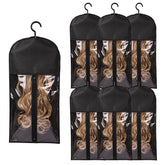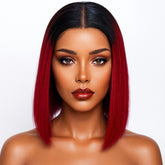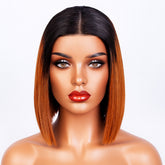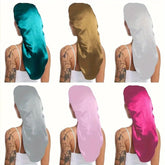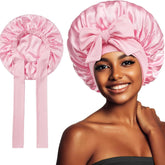How I Recreated Margot Robbie’s California Blonde
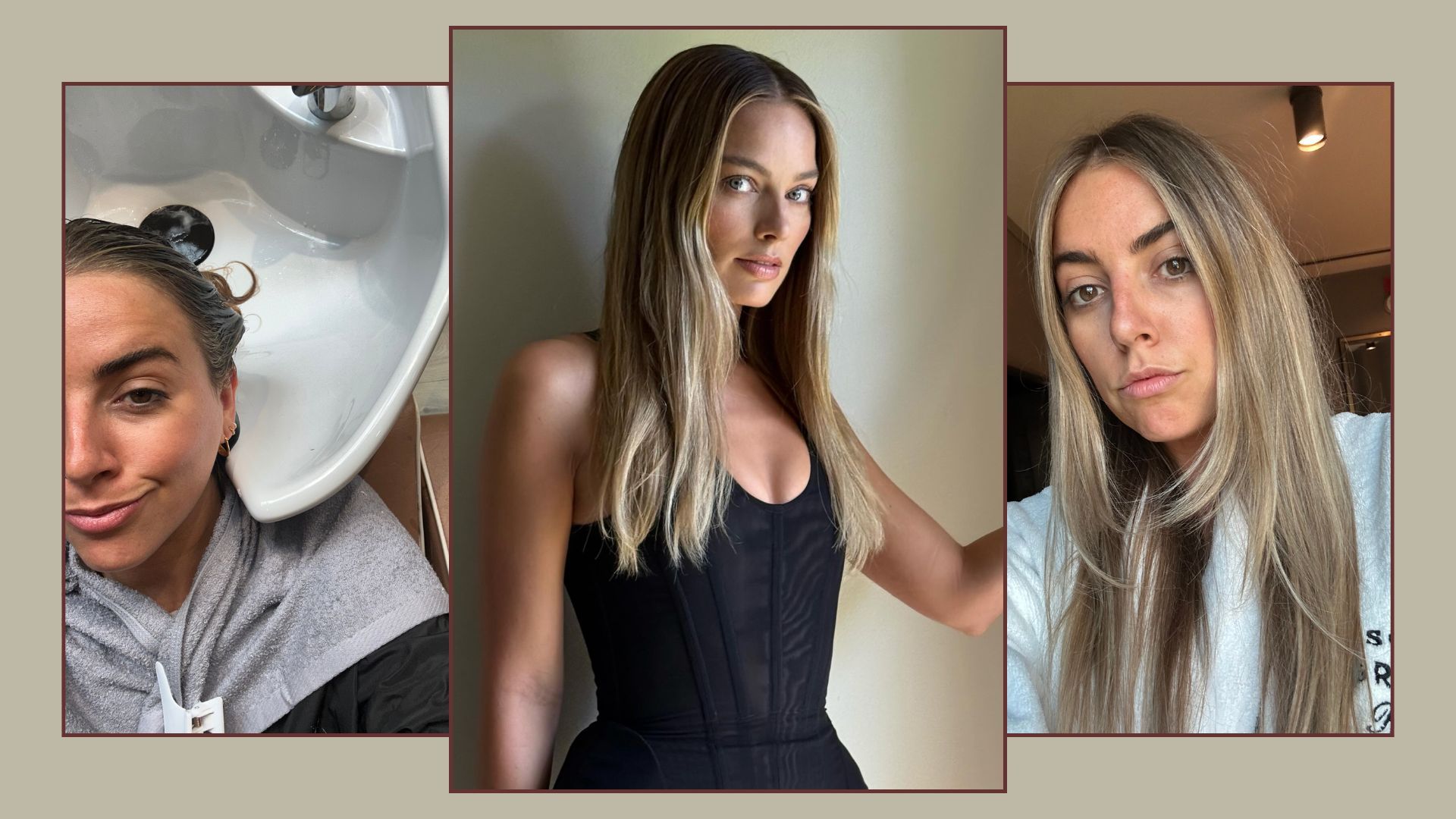
I flew to New York to sit in the chair of Margot Robbie’s colourist to see whether a celebrity shade could be translated for a non-celebrity life. The result wasn’t a magic wand — it was a conversation about hair history, realistic goals and the maintenance that a pale, sun-kissed blonde requires. Here’s a measured, hairdresser-led rundown of what happened, what to expect and how to decide if a California blonde is right for you.
The appointment: consultation, lifting and tone
The experience began with a long consultation. Recreating a celebrity colour usually isn’t a single-step process; it’s an assessment of your hair’s current condition, previous colour work and lifestyle. The colourist explained that Margot Robbie’s signature look is built on multiple sessions and careful toning to keep warmth in the right places while appearing luminous and natural.
Key phases of a professional colour appointment often include:
- Consultation and strand tests to map previous colour and porosity.
- Gradual lightening or highlights rather than one all-over lift to protect hair health.
- Custom toning to remove brassiness while preserving depth and movement.
The stylist emphasised that patience is essential. Achieving that Californian, sun-kissed blonde can take time — sometimes a few sessions spaced weeks apart — especially if your hair is darker, has been previously coloured or is fragile.
Techniques used (and why they matter)
During the appointment, the colourist prioritised hair integrity. That meant selecting lifting methods and developer strengths tailored to the client’s hair rather than applying a one-size-fits-all bleach-and-tone approach. The goal is always a balance: lift enough to reach the desired lightness while minimising breakage and retaining elasticity.
Common professional techniques that were discussed and demonstrated include:
- Face-framing and balayage placements to create depth and warmth where the sun would naturally hit.
- Babylights — very fine, delicate highlights — to avoid harsh, uniform strips of colour.
- Bond-building treatments applied during or after lightening to restore protein links and reduce long-term damage.
These choices aren’t simply aesthetic. They control how the colour fades, how roots grow in and how shiny the finished hair looks. The colourist made clear that the ‘celebrity look’ is as much about technique and upkeep as it is about the final shade.
Aftercare, maintenance and realistic timelines
Once you leave the salon, the work continues. Pale blondes — even those described as ‘warm’ California blondes — need a regime that supports bond repair, moisture and tone control. The colourist recommended a layered aftercare plan focusing on professional-strength treatments and at-home maintenance.
- Invest in a sulphate-free, low-foam cleanser and a purple or blue-toning shampoo used sparingly to counteract brass.
- Weekly protein and moisture treatments to maintain tensile strength and prevent dryness.
- Regular glosses or toner top-ups every 6–10 weeks, depending on how quickly your hair lifts or how much warmth returns.
They also advised realistic expectations about timelines: if you’re starting from a dark base, expect two to three salon visits to reach a healthy, even lightness. For those with previously bleached hair, a single corrective session might be needed instead.

Is it right for you? Questions to ask before booking
Not every hair type or lifestyle suits an all-over light blonde. Before committing, consider these practical questions your colourist will want to know — and you should too:
- How much previous chemical processing has your hair had?
- Are you prepared for monthly or bi-monthly salon visits and targeted at-home care?
- Do you have time and budget for professional bond-repair treatments if needed?
If the answer to the second or third question is ‘no’, ask your stylist about softer alternatives: richer blondes, banana-blonde tones or subtle highlights that capture sun-kissed warmth with less maintenance.
Takeaway
Seeing Margot Robbie’s colourist made one thing clear: celebrity shades are achievable, but they require an honest assessment of your hair’s starting point, a considered technical approach and ongoing maintenance. If you want a California blonde, plan for staged sessions, invest in bond-building and moisture treatments, and work with a colourist who prioritises hair health over instant results. That way, you won’t just get the shade — you’ll keep your hair strong and luminous while you wear it.
Explore More: Discover related reads from Hairporium — News • Guides • DIYs • Expert Articles.
More From the Experts: Read interviews and insights from stylists and professionals on Hairporium Expert Articles.

